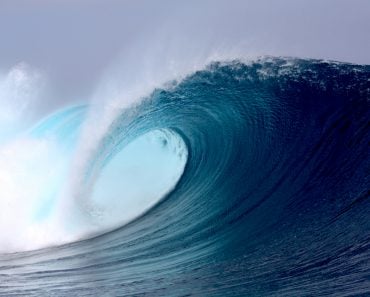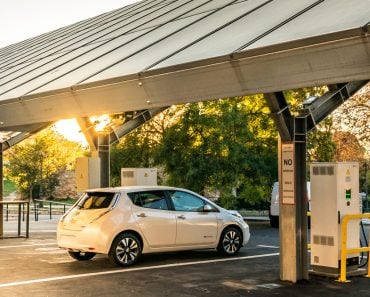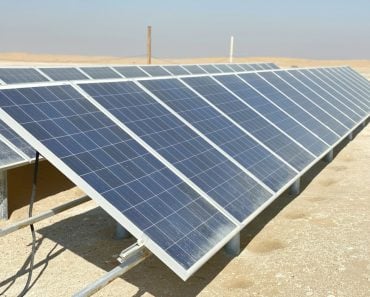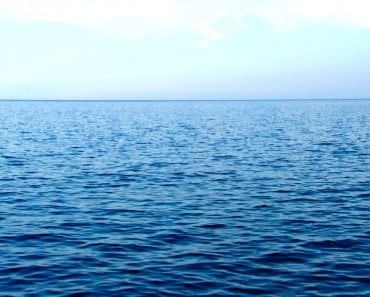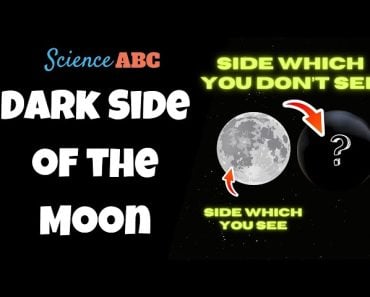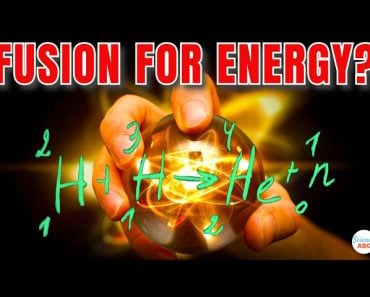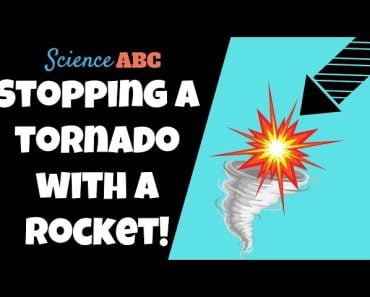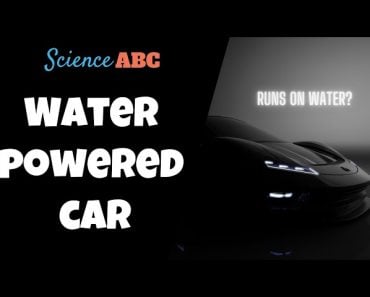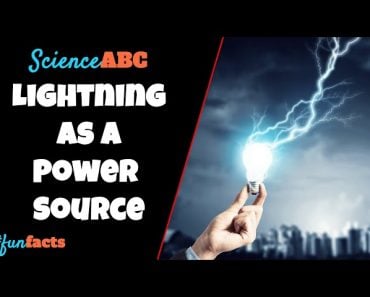Table of Contents (click to expand)
Tidal energy is a form of renewable energy that is generated by the tides. Tidal energy can be harnessed in two ways: by harnessing the kinetic energy of the tides or by harnessing the potential energy of the tides. Tidal energy is a reliable source of renewable electricity, and it has the potential to be a major source of renewable energy in the future.
What is the most abundant natural resource on Earth? Some might say water, iron or even air. If you’ve guessed the answer as ‘Energy’, then you’re absolutely correct. Energy is the one resource that is present in every nook and cranny of this planet. In fact, Earth is a big ball of energy, filled with energy that is dormant and ready to be harnessed. One might wonder, if that’s the case, why do close to a billion people have no access to electricity? The answer is simple. There isn’t sufficient technology to harness the plethora of energy available.
Things aren’t all bad, however, as humans have found many ways to harness energy from most of the readily available renewable resources.
Tidal energy is one such source of renewable energy. It also happens to be one of the oldest forms of renewable energy generation. The basic concept of tidal energy is the conversion of the kinetic or potential energy derived from tides into electricity.
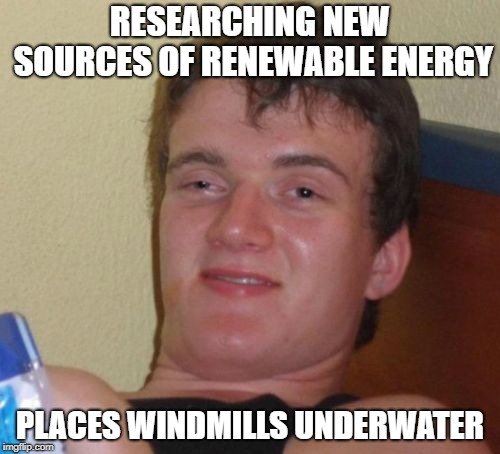
Before “diving” into the technical aspects of tidal energy, we should understand what causes tides in the first place.
Recommended Video for you:
What Are Tides?
A tide is the periodic motion of huge volumes of water as a result of gravitational forces of the sun and moon acting on the oceans. The gravitational pull of the moon is significant enough to cause a bulge in water at the shores. This results in a high tide. Since the inertia of Earth’s motion also comes into play, the bulge of the ocean is limited by centrifugal force.
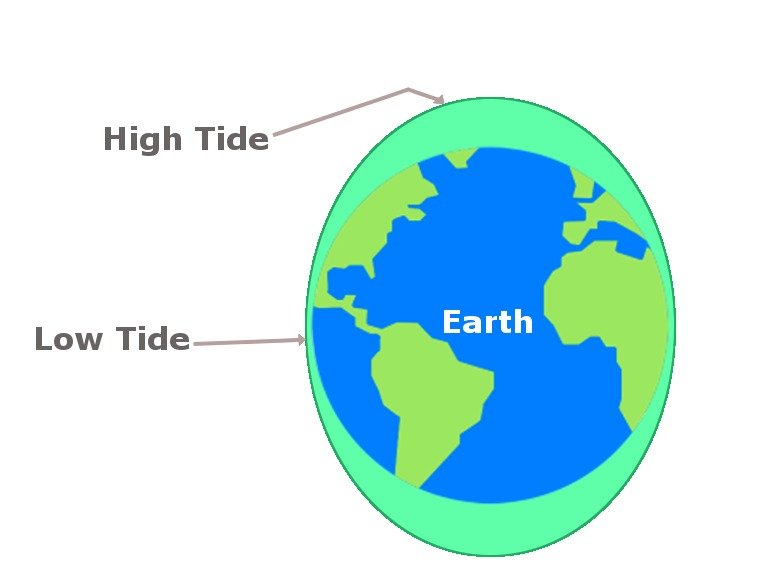
The shorelines of the world experience high tides twice a day, which is typically when the moon is closest to the Earth. Similarly, low tides occur when the moon is at its farthest distance from our planet.
Types Of Tidal Energy
Tidal energy is one of the most reliable sources of renewable electricity. Unlike sunlight or wind, two high tides and two low tides are guaranteed every day.
Energy from tides can be tapped in two forms.
- Kinetic energy drawn in from the sea currents:
Kinetic energy is harnessed by employing a setup that is similar to a wind turbine. The density of water is much higher that of air, so the kinetic energy that it can impart is also higher. Thus, the blades of a tidal turbine are smaller than that of wind turbine, as they can operate at lower velocities.
2.Potential energy due to changes in water levels :
When the tide changes from high to low and vice-versa, potential energy is generated. In order to tap this potential energy of tides, dams need to be constructed. These dams are called barrages. They capitalize on the differences in water level between high tide and low tide.
Various Setups Used To Harness Energy From Tides.
- Tidal Barrages: A tidal barrage is a dam that taps the potential energy generated by the difference in the height of the high tide and the low tide. The gates of the barrages are kept closed when it is high tide. This results in the water accumulating on one side of the dam. As the tide starts falling, the level of the water on the ocean side of the dam falls. When the difference in height is more than 5 meters, the dam is opened.
 This allows the water to flow through the turbines to the lower side. This sudden movement of water rotates the turbines, which generates electricity. The barrages can generate electricity about 4 times a day due to the two falling and two rising tides.
This allows the water to flow through the turbines to the lower side. This sudden movement of water rotates the turbines, which generates electricity. The barrages can generate electricity about 4 times a day due to the two falling and two rising tides. - Tidal Stream Systems: These can be regarded as the windmills of the sea since, instead of air, they rely on water currents. The underwater turbines are anchored to the sea bed. These systems exploit the kinetic energy from the water to drive the blades of the rotor.
- Tidal Lagoons: These are similar to barrages, except that lagoons are highly localized and specific to a particular stretch of water. Barrages span the entire width of a river or estuary. In the case of lagoons, the structure is confined to the parts with a high tidal range. Basically, lagoons are miniature barrages, the only difference being that a barrage blocks an entire estuary, whereas lagoons block only a certain part of the river.
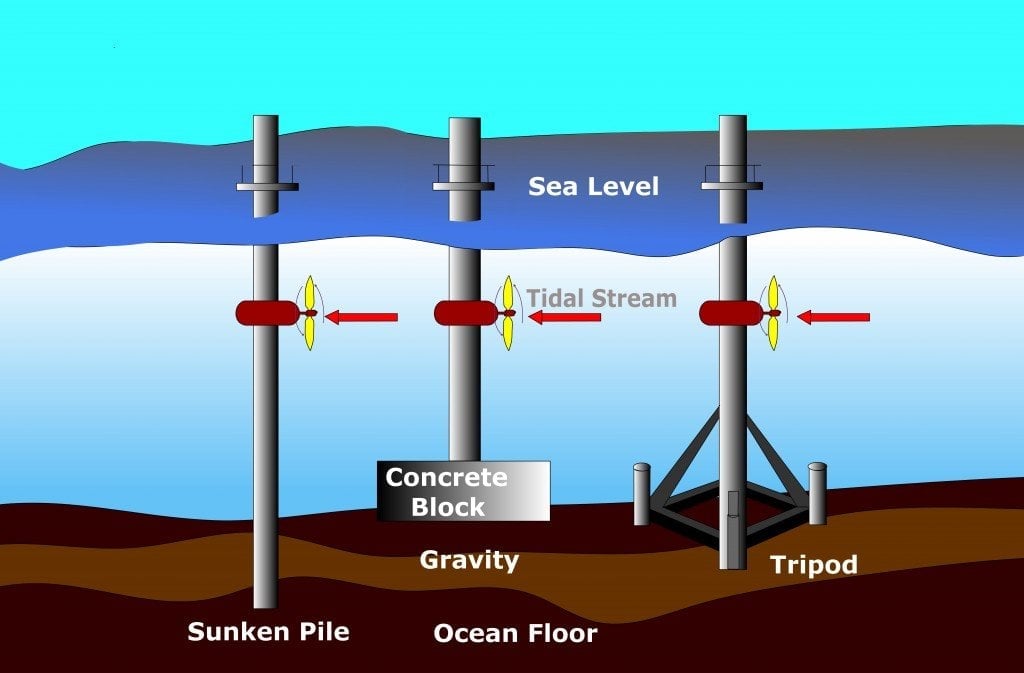
The blades of these rotors are stronger and smaller than those of conventional windmills. This enables them to endure extreme pressure underwater. Tidal streams are gaining popularity, as they are cheaper to set up and maintain. The blades are equipped with a functionality that enables them to change direction according to the flow of current. This tidal stream technology is suitable in areas where the water currents are strong.
Although tidal energy is extremely reliable and clean, implementing it has its fair share of challenges, including high construction costs, disruption of local ecosystems and frequent required maintenance. That being said, it has a very high potential, with many advantages over solar and wind energy. Let’s hope that the governments of the world make the most of this readily available natural resource in our ongoing efforts to be green and sustainable for generations to come.

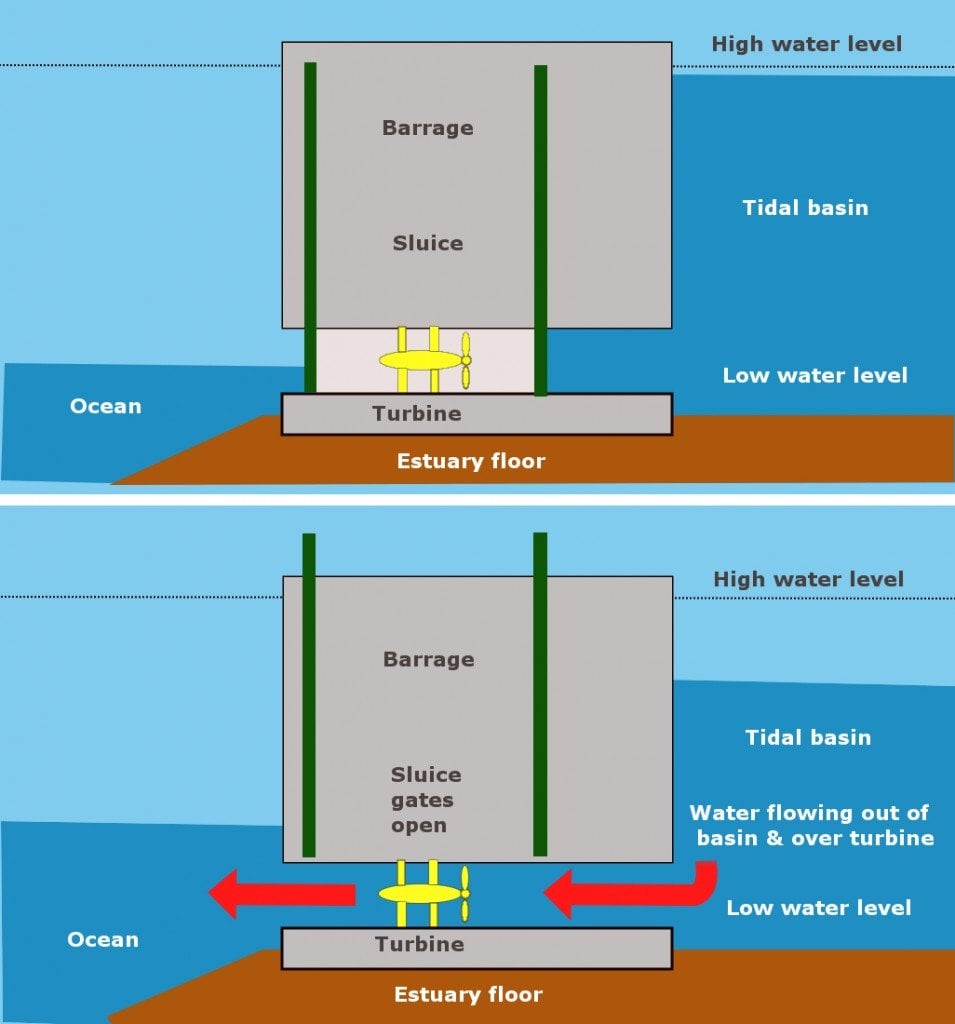 This allows the water to flow through the turbines to the lower side. This sudden movement of water rotates the turbines, which generates electricity. The barrages can generate electricity about 4 times a day due to the two falling and two rising tides.
This allows the water to flow through the turbines to the lower side. This sudden movement of water rotates the turbines, which generates electricity. The barrages can generate electricity about 4 times a day due to the two falling and two rising tides.
